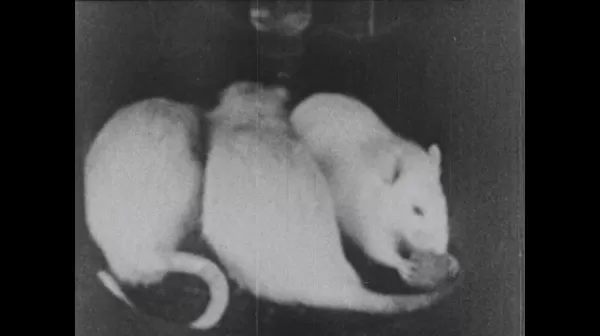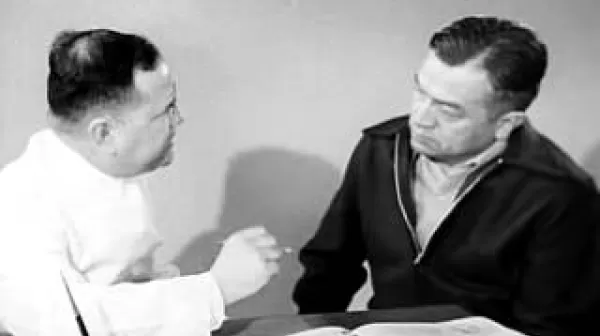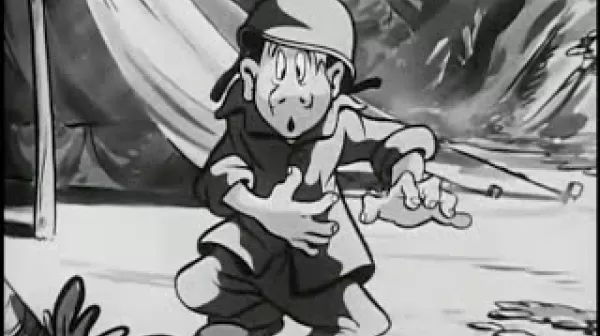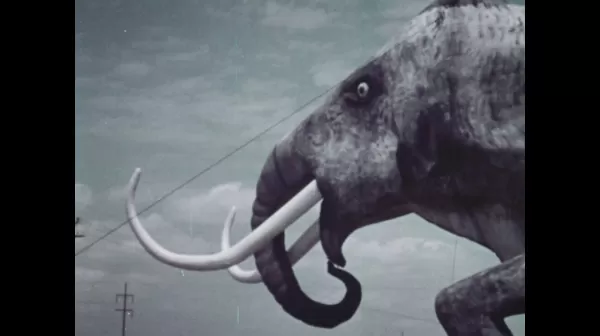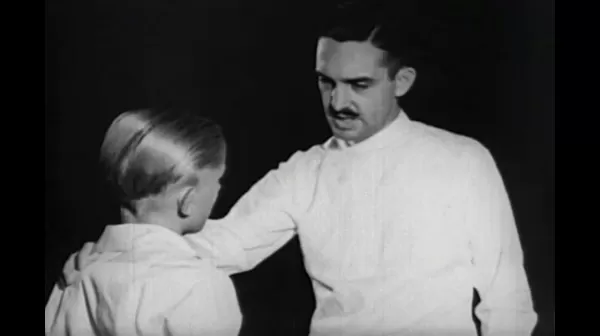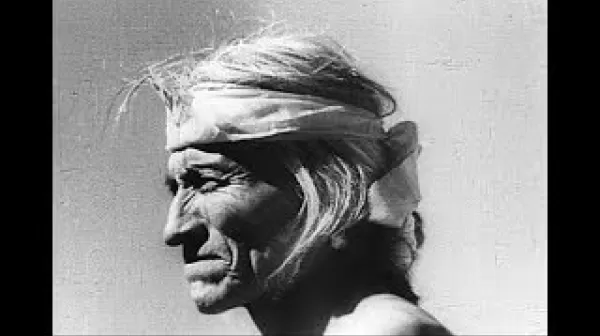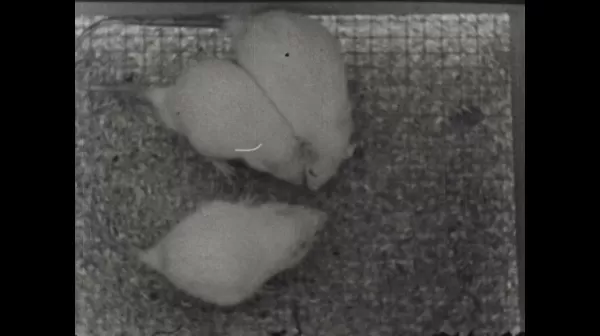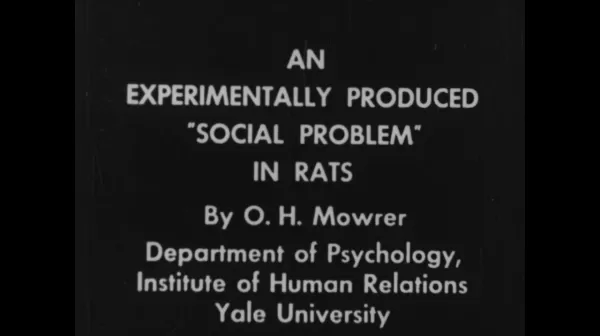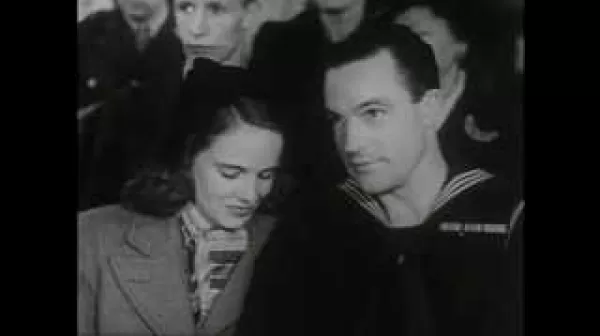Competition and Dominance Hierarchies in Rats (O.H. Mowrer, J.S. Kornreich, Isabelle Yoffe, 1940)
This film shows experiments on competition and dominance hierarchies in rats. From an economy of abundance, rats are put into situations where competition for food is essential. At first the rats behave very similarly; they compete but do not fight. When insufficient food for their complete satisfaction is given, savage fighting develops. A definite dominance hierarchy (i.e., dominant, intermediate, subordinate) soon emerges. Personality typing based on this kind of social experience seems to be relatively permanent.

